Currys Fun Park
Explore
Discover Dunluce Castle, a stunning medieval ruin perched on Northern Ireland’s Antrim coast. Explore its history, legends, and breathtaking coastal views.

Dunluce Castle, perched dramatically on the edge of a basalt cliff overlooking the wild Atlantic Ocean in County Antrim, Northern Ireland, is a breathtaking medieval ruin steeped in history and legend. Dating back to the 13th century, this iconic fortress has witnessed centuries of conflict, mystery, and maritime adventure. Its rugged setting and storied past make it one of Northern Ireland’s most captivating attractions.
Visitors to Dunluce Castle can explore its atmospheric ruins, including remnants of its medieval walls, towers, and kitchens. Informative displays and exhibits reveal the castle’s history, from its construction by the MacQuillan family to its later association with the MacDonnell clan. The site is also linked to local folklore, adding an air of enchantment to its already mesmerizing presence.
Surrounding the castle, the dramatic coastline and panoramic views provide a stunning backdrop. The nearby Giant’s Causeway and Carrick-a-Rede Rope Bridge make this region a treasure trove of natural and historical wonders. A visit to Dunluce Castle offers a perfect blend of history, culture, and breathtaking scenery.
Dunluce Castle’s dramatic position on a basalt cliff offers breathtaking views of the Atlantic Ocean and the rugged Antrim coastline. It’s a photographer’s dream and a sight to behold.
Explore the atmospheric ruins of this once-mighty fortress, including its walls, towers, and remnants of the kitchens, which famously collapsed into the sea in the 1600s.
Dunluce Castle is steeped in Irish mythology, including tales of banshees and its ghostly connections, adding an enchanting and mysterious layer to its history.
Just a short drive from the castle, the Giant’s Causeway is a UNESCO World Heritage Site and a natural wonder, making it a perfect addition to your visit.
Why not make a weekend of it? Explore Nearby Attractions. Scroll to zoom in or out on map.
Curious about Dunluce Castle? We've compiled answers to the most frequently asked questions to help you uncover the highlights and visitor essentials.
Dunluce Castle is renowned for its dramatic cliffside location, medieval history, and association with Irish legends and folklore.
Yes, guided tours are available and provide detailed insights into the castle’s history, architecture, and legends.
Yes, there is parking available near the site for visitors.
While the cliffs provide stunning views, visitors should stay on designated paths for safety.
Nearby attractions include the Giant’s Causeway, Carrick-a-Rede Rope Bridge, Bushmills Distillery, and the Dark Hedges.
Make your trip unforgettable by exploring these nearby attractions during your visit.
 Portrush
Portrush
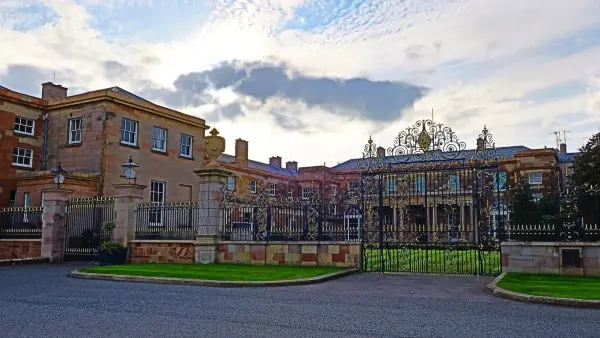 Hillsborough
Hillsborough
 Armagh
Armagh
 Bushmills
Bushmills
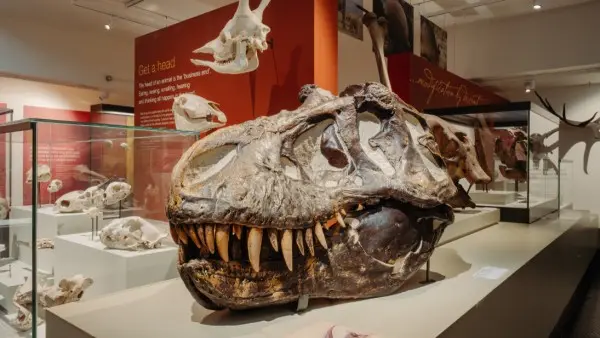 Belfast
Belfast
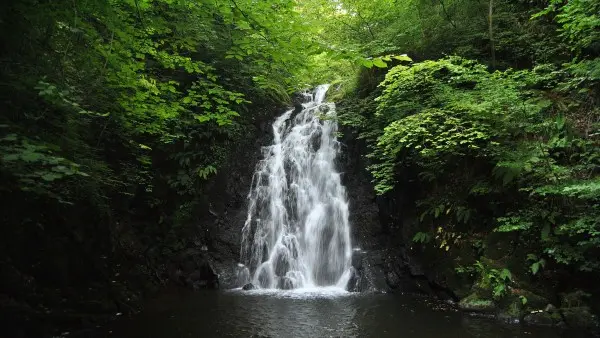 Glenoe
Glenoe
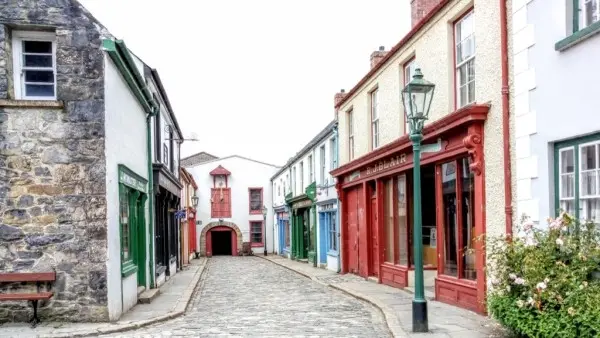 Omagh
Omagh
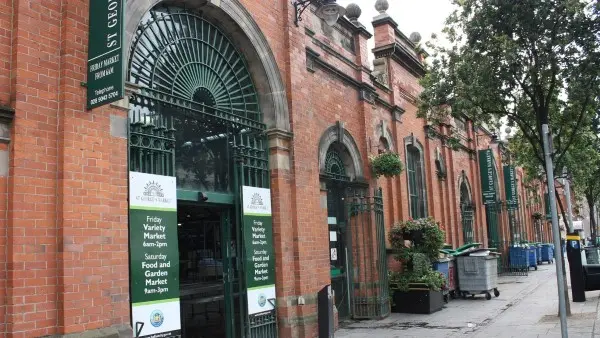 Belfast
Belfast
 Portaferry
Portaferry
 Belfast
Belfast
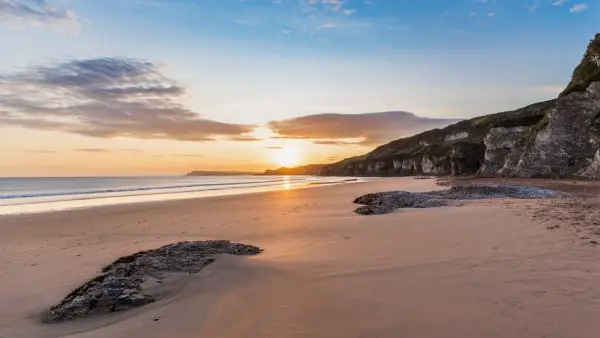 Portrush
Portrush
 Belfast
Belfast